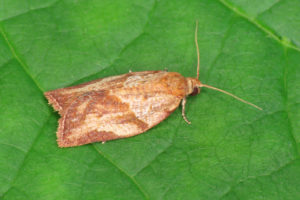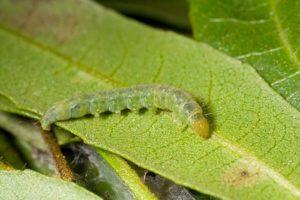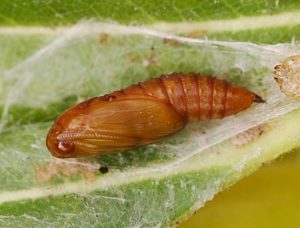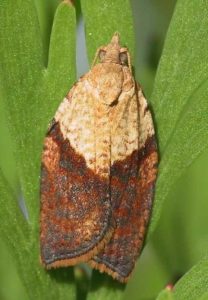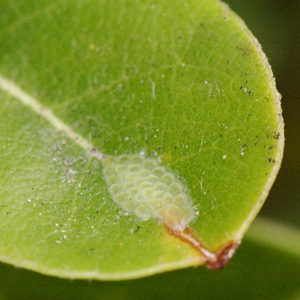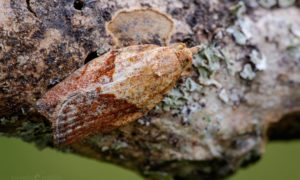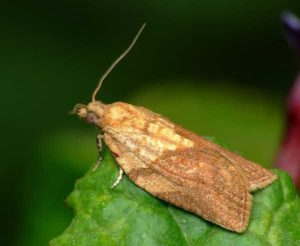Light Brown Apple Moth (Epiphyas postvittana)
The light brown apple moth is a member of the family of tortrix moths. It originated from Australia and the larvae are a known pest to plants like grapes, pears, and apples, feeding on their leaves, buds and fruits.
live.staticflickr.com
Scientific Classification
- Family: Tortricidae
- Genus: Epiphyas
- Scientific Name: Epiphyas postvittana
Description and Identification
Caterpillar
Initially, they are yellow-green turning medium green upon maturation. A dark green stripe also runs through the center, and two stripes goes through the sides. The color of their head also varies, dark brown in the first instar and light fawn in the later instars.
There go through six instars, reaching a length of 10-18 mm in the final stage.
Adult Moth
Sexual Dimorphism: Present. The wings of the female are larger than that of the male.
Color and Appearance
When the wings are opened, they are yellow-brown, with the forewing having dark brown patches at the edges. When the wings are closed, the patterns remain visible.
Average Wingspan: 0.7-1.3 cm
Flight Pattern: Erratic
Season: September–October, December–January, February–March, and April–May
Quick Facts
| Distribution | Native: Australia Invasive: British Isles, Hawaii, New Caledonia, and New Zealand |
| Habitat | Variable |
| Lifespan of Adults | Not recorded |
| Host Plants | Alder, alfalfa, apple, blackberry, blueberry, broad bean, broccoli, cabbage, chrysanthemum, clover, columbine, cotoneaster, currant, ferns, fir, geranium, grape, hawthorn, honeysuckle, jasmine, mint, oak, peach, pear, pine, poplar, potato, privet, rose, spruce, strawberry, walnut, and willow. |
| Adult Diet | Does not feed |
Scientific Classification
- Family: Tortricidae
- Genus: Epiphyas
- Scientific Name: Epiphyas postvittana

